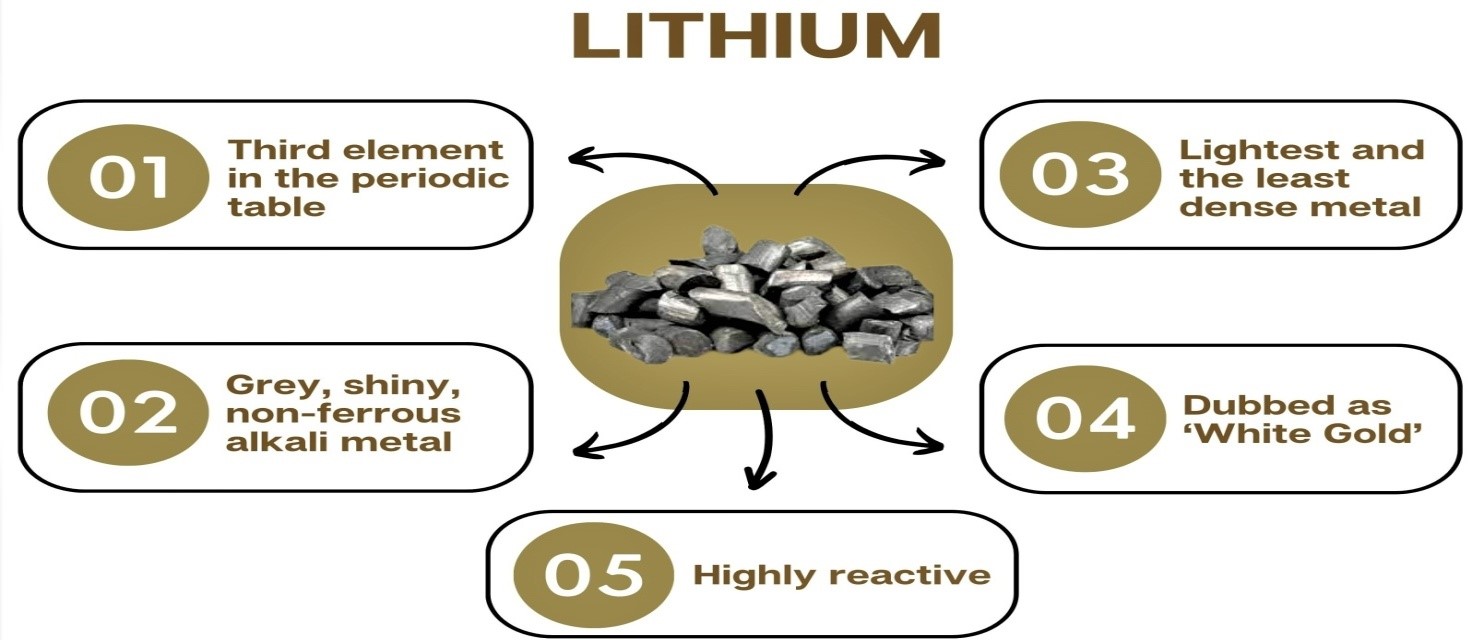1.Rising Elephant Deaths in Karnataka
Context:
- The state of Karnataka, renowned for having the largest elephant population in India, is facing a significant conservation challenge.
- Over the past three years, 283 elephants have died, marking a concerning increase in mortality rates.
Elephant Death Statistics:
Year | death |
2021-22 | 12 |
2022-23 | 142 |
2023-24 | 94 |
2024-25 | 35 |
Total Deaths (2021-2024) | 283 |
- The year 2023-24 recorded the highest number of deaths, with 94 elephants lost, Underscoring an alarming trend.
Causes of Death:
- Natural Causes: Aging has contributed to some elephant deaths.
- Human-Elephant Conflict: Increased incidents of electric shocks and other human-wildlife conflict-related deaths.
- Poaching: Six elephants were victims of poaching, with ongoing investigations by the forest department.
- Unnatural Deaths: More than 30 elephants have died due to unnatural causes, including accidents and conflicts with humans.
Regional Impact:
- Chamarajanagar Forest Zone: 17 elephants have died in this specific area, indicating a regional hotspot for elephant deaths.
Upcoming Conference on Elephant Conservation:
- An International Conference on Human-Elephant Conflict Management is scheduled for July 12 at the Agricultural University premises.
- This conference will bring together forest and wildlife experts from both domestic and international backgrounds.
- The key agenda will include: Discussion of Causes and Consequences:
- Understanding the root causes of human-elephant conflicts and their impact on elephant populations.
- Solutions and Conservation Strategies: Proposing actionable solutions to reduce elephant deaths and improve conservation efforts.
Elephants in India:
- India has the largest number of wild Asian Elephants, estimated at 29,964 according to the 2017 census by Project Elephant.
- It is about 60% of the species’ global
- Karnatakahas the highest number of elephants, followed by Assam and
Project Elephant:
- Launched in 1992, covering 23 states across India.
- Improved the status of wild elephants, with a population increase from about 25,000 in 1992 to around 30,000 in 2021.
2.Lithium Reserves Found in Mandya and Yadgir
Context:
- The Atomic Minerals Directorate (AMD) has announced the discovery of significant lithium resources in Karnataka’s Mandya and Yadgiri districts
- .Atomic Energy, Science, and Technology Minister Jitendra Singh revealed this development in a written reply to the Lok Sabha on Thursday
Discovery Locations:
- Mandya District: 1,600 tons of lithium deposits identified in the Malagala-Allapattana area
- Yadgiri District: Preliminary surveys and limited underground exploration have been conducted to assess lithium resources.
Properties of Lithium:
- It is a chemical element with the symbol Li.
- It is a soft, silvery-white metal.
- Under standard conditions, it is the lightest metal and the lightest solid element.
- It is highly reactive and flammable, and must be stored in mineral oil.
Uses:
- Lithium metal is used to make useful alloys
For example, with lead to make ‘white metal’ bearings for motor engines, with aluminium to make aircraft parts, and with magnesium to make armour plates.
- In Thermonuclear reactions.
- To make electrochemical cells. Lithium is an important component in Electric Vehicles, Laptops etc.
Countries with Largest Reserves:
Chile> Australia> Argentina
- Recently Various provinces of Argentina are building mining logistics nodes and access roads,
- lowering tax rates and rationalizing rules for the sector to attract investment in the Lithium metal.
- Rising global lithium demand and surging prices have drawn increased interest in the so-called ‘lithium triangle’ that spans parts of Argentina, Bolivia and Chile.
- Lithium has become the new ‘white gold’ as the demand for high performing rechargeable batteriesis rising.




